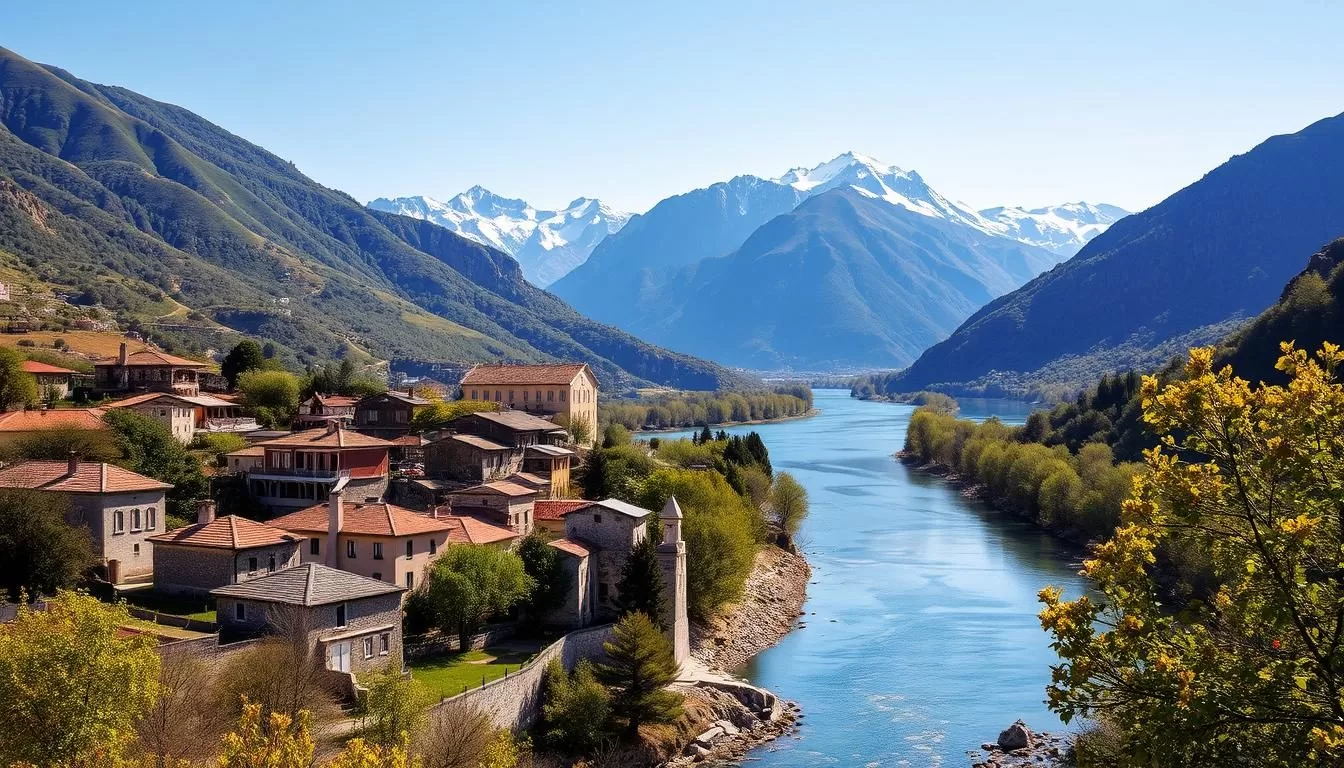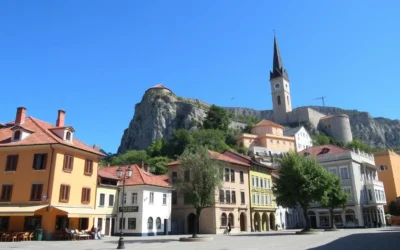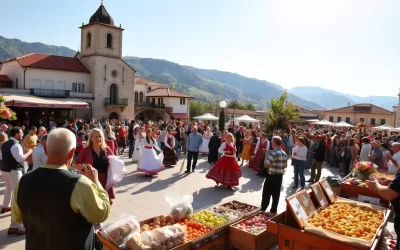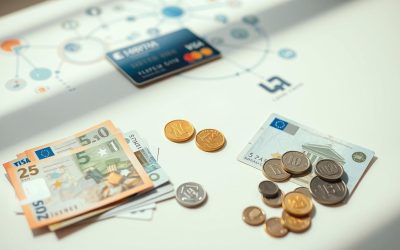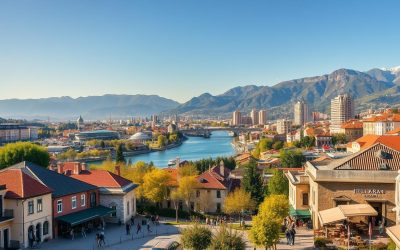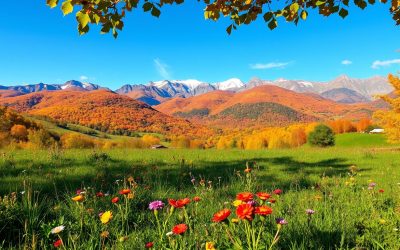✓ Accommodations✓ Flights✓ Rental Cars✓ Tours & Activities
Understanding the language of a country is key to exploring its culture. In Montenegro, the official language is Montenegrin, established by the 2007 Constitution. This change reflects the nation’s evolving identity and cultural pride.
While Montenegrin holds the official status, Serbian is widely used, spoken by 43.18% of the population. Other languages like Bosnian, Albanian, and Russian also play significant roles in daily life. This diversity highlights the region’s rich history and multicultural influences.
Languages such as Serbian and Montenegrin fall under the serbo serbo-croatian group, showcasing their shared roots. Knowing this helps you appreciate the linguistic connections that shape the country’s identity.
Exploring Montenegro’s language landscape offers a deeper understanding of its people and traditions. Whether you’re visiting or studying, this knowledge enriches your experience.
Overview of Montenegro’s Language Diversity
The variety of languages spoken here tells a story of history and identity. This country is home to a mix of tongues, each reflecting its unique cultural influences. From Montenegrin to Serbian, Bosnian to Albanian, the linguistic landscape is as diverse as its people.
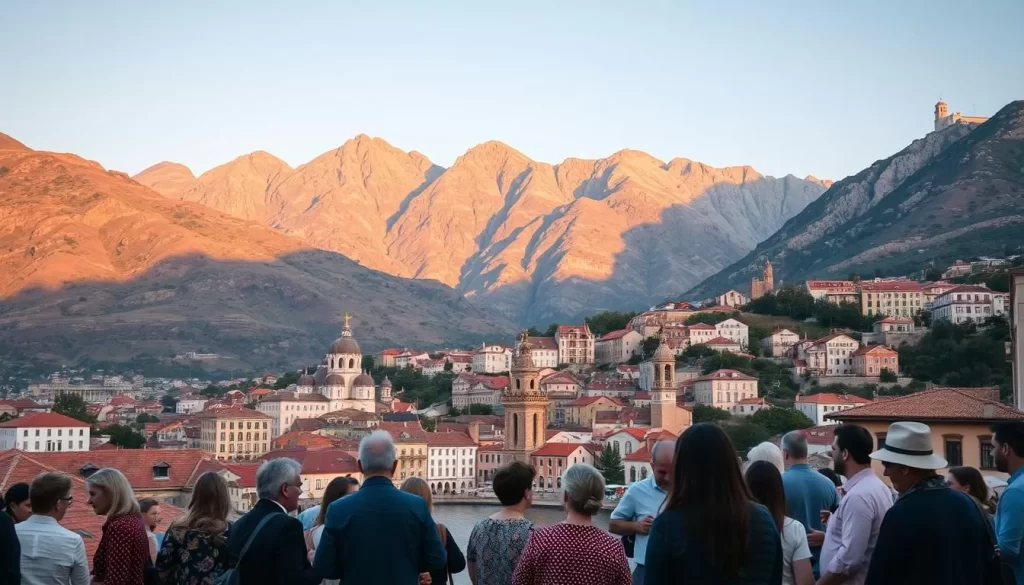
Understanding the Linguistic Landscape
Montenegrin, the official language, is spoken by 36.97% of the population. Serbian follows closely, used by 42.88% of residents. These two are part of the serbo serbo-croatian continuum, sharing many similarities with Bosnian and Croatian.
Regional differences play a big role. In some areas, Bosnian and Albanian are more common. This mix shows how history and geography shape the way people communicate.
Key Statistics and Census Insights
The 2023 census provides a clear picture of language distribution. Montenegrin is dominant in certain regions, while Serbian is widespread across the country. Bosnian and Albanian are also significant, especially in specific areas.
Here’s a quick breakdown:
- Montenegrin: 36.97%
- Serbian: 42.88%
- Bosnian: 1.9%
- Albanian: 5.3%
These numbers highlight the importance of language in shaping national identity. Understanding this diversity can enrich your experience, whether you’re visiting or studying the region.
Montenegro: Official and widely spoken languages
Language plays a vital role in shaping a nation’s identity. In this country, Montenegrin holds the status of the official language, as declared by the 2007 Constitution. This decision reflects a deep connection between communication and cultural pride.

The Role of Montenegrin in National Identity
Montenegrin is more than just a way to communicate; it’s a symbol of unity. Spoken by 36.97% of the population, it stands as a cornerstone of national identity. Its designation as the official language has sparked both pride and debate.
One key discussion revolves around its relationship with the serbo serbo-croatian dialects. While they share similarities, Montenegrin has unique features that set it apart. These subtle differences highlight the country’s distinct cultural heritage.
Language policies also play a significant role in education and daily life. For example, schools teach in Montenegrin, reinforcing its importance. This ensures that future generations see it as a vital part of their identity.
Political and Cultural Debates
The status of Montenegrin has been a topic of political and cultural debate. Some argue it strengthens national pride, while others see it as a way to differentiate from neighboring regions. These discussions reflect the evolving nature of the country’s identity.
Here’s a quick look at how languages are distributed:
| Language | Percentage of Speakers |
|---|---|
| Montenegrin | 36.97% |
| Serbian | 42.88% |
| Bosnian | 1.9% |
| Albanian | 5.3% |
Understanding these dynamics helps you appreciate the role of language in shaping a nation’s identity. Whether you’re visiting or studying, this knowledge enriches your experience.
Exploring Minority and Regional Languages
Diving into the linguistic diversity of this region reveals a rich tapestry of minority and regional languages. These tongues are not just ways to communicate but also symbols of cultural identity and heritage.
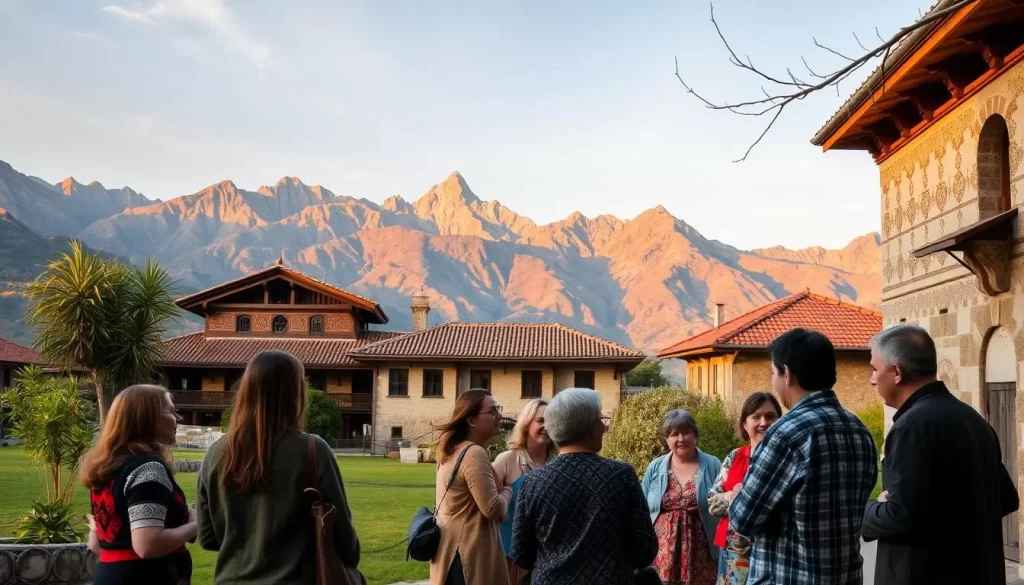
Legally Recognized Minority Languages and Their Use
In this country, several minority languages are legally recognized. Albanian, Bosnian, Croatian, and Romani are among them, each protected by laws that ensure their use in public and media.
For example, bilingual signs are common in areas where these languages are spoken. This practice fosters cultural preservation and inclusivity. Educational rights also allow minority groups to learn in their native tongue, ensuring their heritage thrives.
Here’s a quick look at the criteria for recognition:
- At least 1% of the population must speak the language.
- It must have historical and cultural significance in the region.
Regional Variances in Language Distribution
Language use varies significantly across different parts of the country. In some regions, Albanian is more prevalent, while in others, Bosnian or Croatian dominates.
These regional differences highlight the influence of history and geography. For instance, areas near borders often favor languages spoken in neighboring countries. This creates a unique linguistic mosaic that reflects the region’s diverse heritage.
Understanding these variations helps you appreciate the role of language in shaping a person’s identity. It also enriches your experience when exploring this culturally rich part of the world.
Language Tips for English-Speaking Travelers
Traveling to a new place becomes more enriching when you connect with its culture through language. While English is commonly spoken in tourist areas, learning a few basic phrases can open doors to deeper interactions and memorable experiences.
Essential Phrases and Communication Hacks
Knowing a few key phrases can make a big difference. Here’s a curated list of useful expressions to help you connect with locals:
| Phrase | Pronunciation |
|---|---|
| Hello | Zdravo (ZDRAH-voh) |
| Thank you | Hvala (HVAH-lah) |
| Where is…? | Gdje je…? (GDYEH yeh) |
| How much is this? | Koliko košta ovo? (KOH-lee-koh KOHSH-tah OH-voh) |
These phrases can help you navigate daily interactions, from ordering food to asking for directions. For more detailed guidance, check out this guide on basic Montenegrin phrases.
Practical Advice for Navigating Language Barriers
Even if you’re not fluent, a little effort goes a long way. Start by learning greetings and polite expressions. Locals often appreciate your attempt to speak their language, even if it’s just a few words.
Here are some tips to make communication easier:
- Use translation apps for complex conversations.
- Carry a pocket phrasebook for quick reference.
- Speak slowly and clearly if using English.
In tourist hotspots, English is widely understood, but in rural areas, you might need to rely on gestures or apps. For more insights, visit this page on English-friendly Montenegro.
Remember, language is both a barrier and a bridge. With a little practice, you’ll find it easier to connect with the people and culture of this beautiful region.
Cultural and Historical Language Influences
The evolution of language in this region tells a story of cultural resilience and adaptation. Over centuries, external influences and internal dynamics have shaped the way people communicate. This rich history has left a lasting impact on the linguistic landscape.
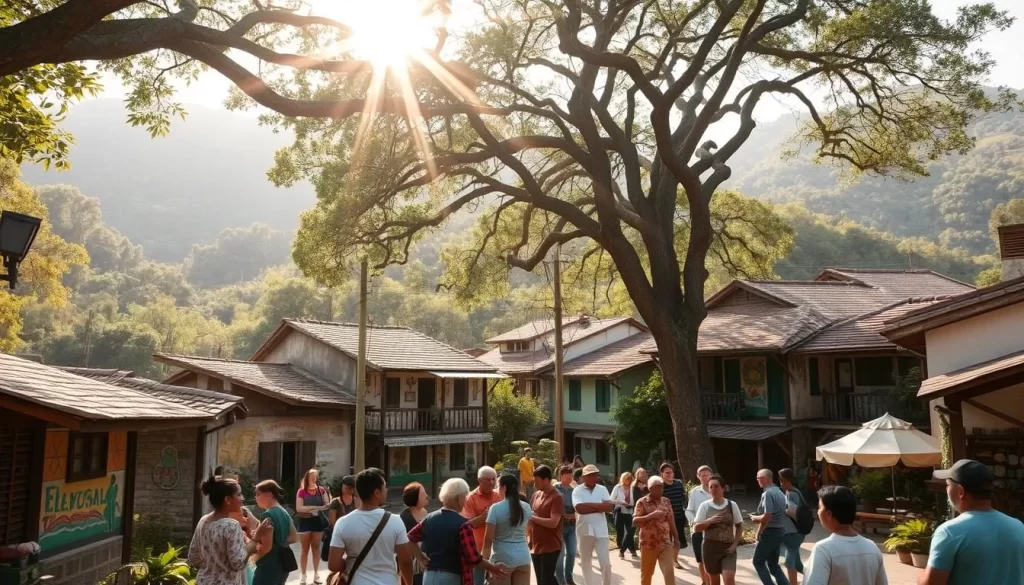
Historical Shifts in Language and Dialects
Historical events have played a key role in shaping dialects here. For example, the disintegration of Yugoslavia in the 1990s led to the formal recognition of distinct languages like Serbian, Croatian, and Montenegrin. These changes reflect the region’s complex identity.
Standardization of language practices emerged as a way to unify diverse groups. This process was influenced by political decisions and cultural pride. Today, these efforts continue to shape the way people speak and write.
The Impact of Politics and Migration on Language
Politics and migration have significantly influenced language in this country. For instance, the movement of people across borders has introduced new dialects and vocabulary. This has created a diverse linguistic group within the region.
Media and education also play a role in language change. Policies promoting certain dialects or scripts have sparked debates about identity and heritage. These discussions highlight the dynamic nature of communication here.
Alphabet Choices: Latin vs. Cyrillic
The choice between Latin and Cyrillic scripts is a topic of ongoing debate. While Serbian uses both, Croatian and Montenegrin primarily use the Latin alphabet. This preference reflects cultural and political influences.
In recent years, there has been a growing movement favoring the Latin alphabet. This shift is seen as a way to align with Western standards and modernize the region’s identity. To learn more about these cultural influences, visit this guide on Montenegro’s culture.
Conclusion
Exploring the linguistic diversity of this region offers a window into its cultural richness. The language landscape here is shaped by both official policies and multicultural influences. Montenegrin, recognized in 2007, stands as a symbol of national identity, while minority tongues like Albanian and Bosnian add depth to the cultural tapestry.
Understanding these dynamics is key for any person looking to connect with the local heritage. Debates around alphabet choices and standardization reflect ongoing efforts to balance tradition and modernity. These discussions highlight the evolving nature of communication in this country.
Whether you’re planning a visit or researching the region, delving into its linguistic traditions enriches your experience. For more insights, explore Montenegro’s journey to independence or learn about language and identity in this fascinating part of the world.
The above is subject to change.
Check back often to TRAVEL.COM for the latest travel tips and deals.
